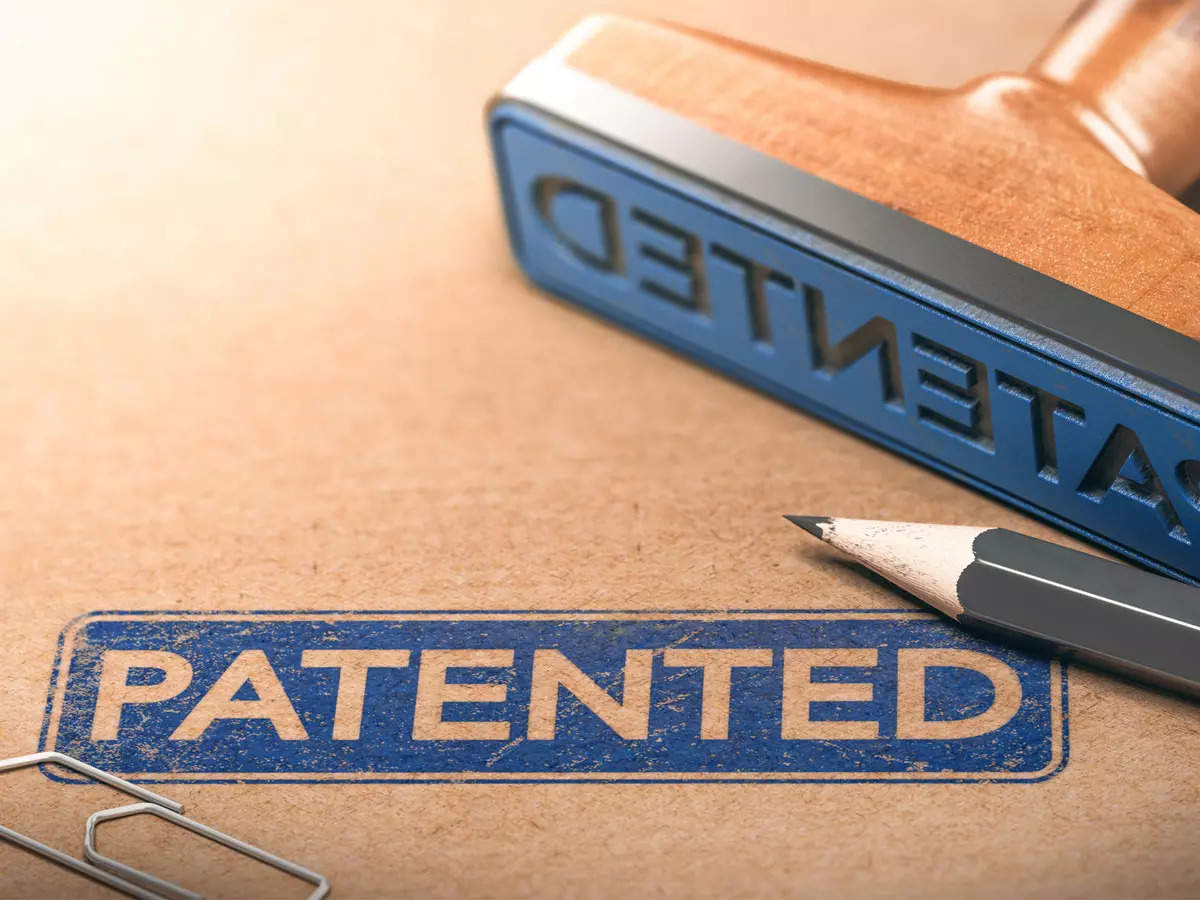- Office No.– G22, Second Floor, Sector 3, Noida, Uttar Pradesh 201301
- 01204535507, +91-7011962266
Patents

Main objectives of Patents
The main objectives of patents are deeply rooted in encouraging innovation, protecting inventors’ rights, and fostering technological progress. A patent is a legal instrument that grants inventors exclusive rights to their inventions, providing a framework that balances the needs of inventors and the broader interests of society. One primary goal of the patent system is to incentivize innovation by offering inventors a limited monopoly on their inventions. This exclusivity serves as a reward, encouraging individuals and organizations to invest time, resources, and creativity in developing new and useful technologies. Additionally, patents aim to disclose inventions to the public, promoting the dissemination of knowledge. By requiring inventors to disclose the details of their inventions in the patent application, the system ensures that valuable technological information becomes part of the public domain after the patent term expires. This disclosure facilitates further research, development, and the creation of new inventions based on the knowledge shared. Another key objective is to stimulate economic growth by fostering a competitive environment. Patents enable inventors to commercialize their inventions, attract investment, and create new markets.
We are Always Ready to Assist Our Clients
The Advantages of Patents
Obtaining a patent offers several advantages for inventors, businesses, and society as a whole. Some key advantages include.
- Exclusive Rights: Patents grant inventors exclusive rights to their inventions for a limited period (usually 20 years), allowing them to prevent others from making, using, or selling the patented invention without permission. This exclusivity provides a competitive edge in the marketplace.
- Incentive for Innovation: Patents serve as a powerful incentive for innovation by offering inventors a legal monopoly on their inventions. The prospect of exclusivity encourages individuals and organizations to invest in research and development, leading to the creation of new and advanced technologies.
- Market Advantage: Having a patented invention can provide a competitive advantage in the marketplace. It allows inventors to differentiate their products or processes, attract investment, and gain market share by offering unique and protected features.
- Monetization Opportunities: Patent holders can monetize their inventions through licensing or selling their patent rights. This allows inventors to generate revenue from their inventions without directly engaging in manufacturing or commercialization.
- Technological Disclosure: Patents require inventors to disclose detailed information about their inventions in the patent application. This disclosure contributes to the pool of public knowledge, helping other researchers and inventors build upon existing technologies.
Process of Patents
Invention and Research:
- Identify a novel and non-obvious invention that is eligible for patent protection. Conduct thorough research to ensure that the invention meets the criteria for patentability.
Determine Patentability:
- Assess whether the invention is eligible for patent protection by meeting criteria such as novelty, non-obviousness, and usefulness. Conduct a patent search to identify prior art and assess the uniqueness of the invention.
Draft a Patent Application:
- Prepare a detailed and comprehensive patent application that describes the invention in clear and specific terms. The application includes a written description, claims defining the scope of protection, and often drawings or diagrams.
File the Patent Application:
- Submit the patent application to the relevant patent office. Depending on the inventor’s location or the desired scope of protection, the application may be filed with a national, regional, or international patent office.
Patent Examination:
- The patent office conducts an examination of the application to assess its compliance with patent laws and regulations. This examination may involve evaluating the novelty, non-obviousness, and usefulness of the invention.
Office Actions and Responses:
- If the patent office identifies issues or requires clarification during the examination, it issues an office action. The inventor or their representative must respond to these office actions within a specified time frame, addressing any concerns raised.
Publication:
- Once the patent office is satisfied with the application and any issues are resolved, the patent application is typically published. This publication makes the details of the invention publicly available.
Opposition Period (if applicable):
- In some jurisdictions, there may be a designated period during which third parties can oppose the granting of the patent. This allows interested parties to raise objections based on prior art or other grounds.
Grant of Patent:
- If the patent office is satisfied that the invention meets all criteria, it grants the patent. The inventor is issued a patent certificate, and exclusive rights to the invention are conferred for a specified period (usually 20 years from the filing date).
Maintenance and Renewal:
- Patents require periodic maintenance and renewal fees to keep them in force. Inventors or patent owners must pay these fees to ensure the continued protection of their invention.
Get in Touch
Please, fulfill the form to get a consultation. After processing the data, a personal manager will contact you.


